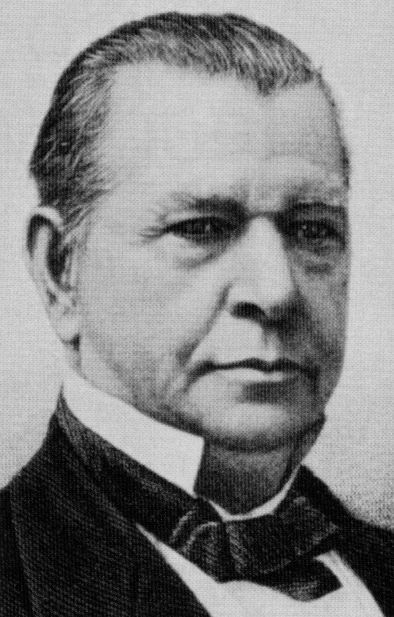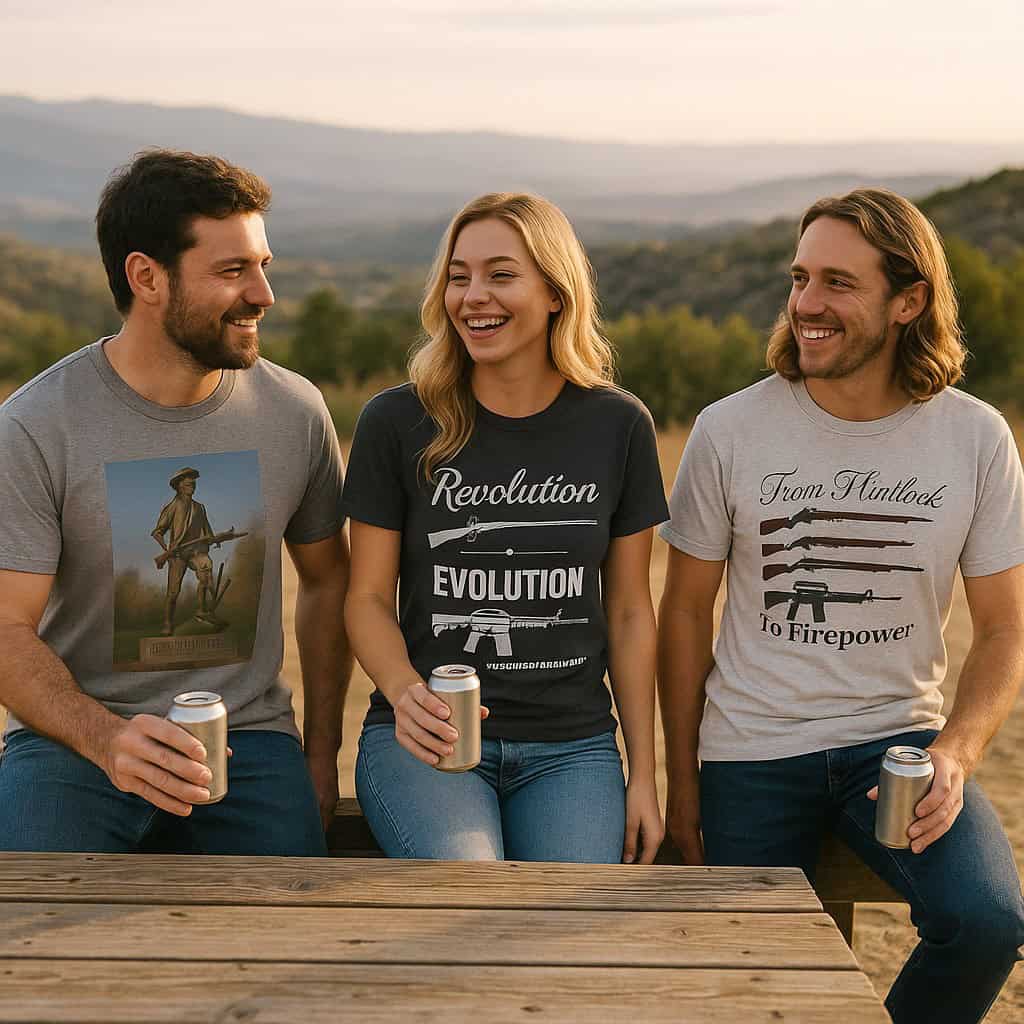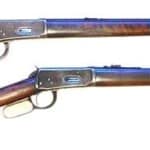
Introduction
Few names in firearms history carry the weight and prestige of Winchester Repeating Arms. From pioneering lever-action rifles to producing some of the most accurate bolt-action hunting and military rifles in history, Winchester Repeating Arms has shaped the course of firearm innovation for over 150 years. Whether in the hands of frontiersmen, lawmen, hunters, or military snipers, Winchester’s firearms have played a defining role in shaping history.
The Origins of Winchester Repeating Arms
The Winchester Repeating Arms Company was officially founded in 1866, but its roots date back even earlier. Oliver Winchester, a successful businessman in the shirt manufacturing industry, saw potential in the Volcanic Repeating Arms Company, which had developed an early lever-action firearm using self-contained cartridges. By 1866, Winchester had restructured the failing company and introduced the Winchester Model 1866, the first true Winchester Repeating Arms-branded firearm.
Key Innovations of Early Winchester Rifles
- Winchester Model 1866 – Known as the "Yellow Boy" due to its distinctive brass frame, this was the first rifle to bear the Winchester Repeating Arms name. It improved upon the earlier Henry rifle and became popular for its rapid-fire capability.
- Winchester Model 1873 – Dubbed "The Gun That Won the West," this rifle was chambered in .44-40 Winchester, one of the earliest centerfire cartridges. It became a favorite among cowboys, lawmen, and settlers.
- Winchester Model 1886 – This rifle introduced the ability to fire more powerful cartridges like the .45-70 Government, making it ideal for big game hunting.
- Winchester Model 1892 – A lighter and more compact successor to the Model 1873, chambered in pistol calibers, popular among ranchers and law enforcement officers.
- Winchester Model 1894 – The first rifle chambered for the legendary .30-30 Winchester, this firearm remains one of the most successful hunting rifles of all time.
- Winchester Model 1895 – The first lever-action rifle designed to handle high-powered smokeless cartridges such as .30-40 Krag and .405 Winchester, famously used by President Theodore Roosevelt on African safaris.
- Winchester Model 1903 – The first semi-automatic rifle by Winchester Repeating Arms, chambered in .22 Winchester Automatic, showcasing the company's forward-thinking firearm development.
- Winchester Model 1910 – An evolution in semi-automatic firearms, chambered in larger calibers like .401 Winchester, appealing to law enforcement and hunters seeking more power in a semi-automatic platform.
- Winchester Model 54 – Introduced in 1925, this bolt-action rifle was a predecessor to the legendary Model 70 and was one of the first mass-produced American bolt-actions chambered for high-velocity cartridges.
Winchester’s Expansion and Global Influence
Throughout the late 19th and early 20th centuries, Winchester Repeating Arms expanded its reach beyond the American frontier. As global demand for reliable firearms grew, Winchester supplied rifles and shotguns to various countries and armed forces worldwide. Many European and South American nations adopted Winchester lever-action rifles for military and police use, particularly in situations where rapid-fire capability was advantageous.
The Russian Empire placed large orders for Winchester Model 1895 rifles during World War I, chambered in 7.62x54R, the same caliber as the Mosin-Nagant. This marked one of the first instances of a lever-action rifle seeing large-scale use in modern warfare. China and Japan also utilized Winchester rifles extensively, recognizing their reliability in combat and policing roles.
By the mid-20th century, Winchester Repeating Arms had cemented its reputation not only as a civilian arms manufacturer but also as a producer of military and law enforcement firearms worldwide. The Winchester Model 1912, a pump-action shotgun, became a favorite among soldiers and police officers for its durability and reliability. Additionally, Winchester developed specialized ammunition to complement these firearms, further reinforcing its influence in global firearms development.
Technical Innovation and Ballistics Advancements
Beyond firearm manufacturing, Winchester Repeating Arms has been instrumental in developing some of the most influential cartridges in shooting history. The company’s engineering and ballistics research have led to the creation of renowned cartridges such as the .270 Winchester, .300 Winchester Magnum, and .243 Winchester, all of which continue to be used in hunting and competitive shooting worldwide.
Winchester also pioneered advancements in ammunition construction, including bonded-core bullets, polymer-tipped projectiles, and high-performance hunting loads. The introduction of the Winchester Power-Point and Ballistic Silvertip ammunition lines revolutionized terminal ballistics, giving hunters better expansion and penetration capabilities.
The Future of Winchester Repeating Arms
As technology evolves, Winchester Repeating Arms remains committed to innovation. The company is expected to continue integrating modern materials, modular firearm designs, and precision manufacturing techniques to ensure its firearms remain competitive. Recent developments include optics-ready rifle platforms, enhanced ergonomic stocks, and lightweight hunting rifles designed for extreme conditions.
Sustainability efforts have also become a focus, with Winchester exploring environmentally friendly ammunition alternatives. Lead-free hunting rounds and improved propellant compositions are being developed to comply with new environmental regulations while maintaining Winchester’s legacy of accuracy and reliability.
Additionally, Winchester is expanding its offerings in the long-range shooting and tactical markets. New product lines featuring enhanced recoil management, improved trigger systems, and customizable stock options are positioning Winchester as a leader in precision shooting applications.
Conclusion: The Enduring Legacy of Winchester Repeating Arms
From its origins in the mid-19th century to its modern resurgence under FN Herstal’s stewardship, Winchester Repeating Arms has remained a defining name in firearms history. Whether developing legendary lever-actions, precision bolt-actions, or military-grade rifles, Winchester Repeating Arms has consistently shaped the landscape of firearms innovation.
With a heritage spanning over 150 years, Winchester Repeating Arms continues to be a cornerstone of the firearms industry, providing high-quality firearms and ammunition to hunters, competitive shooters, and military personnel worldwide. The Winchester Repeating Arms name remains a symbol of excellence, precision, and reliability that endures to this day.
As the firearms industry moves into the future, Winchester Repeating Arms is poised to lead the way with advancements in materials science, ballistics research, and user-focused firearm designs. Whether through classic lever-actions, state-of-the-art bolt-action rifles, or cutting-edge ammunition technology, Winchester is set to maintain its influence well into the 21st century.
Read more about Winchester on the company website.
If you know of any forums or sites that should be referenced on this listing, please let us know here.




